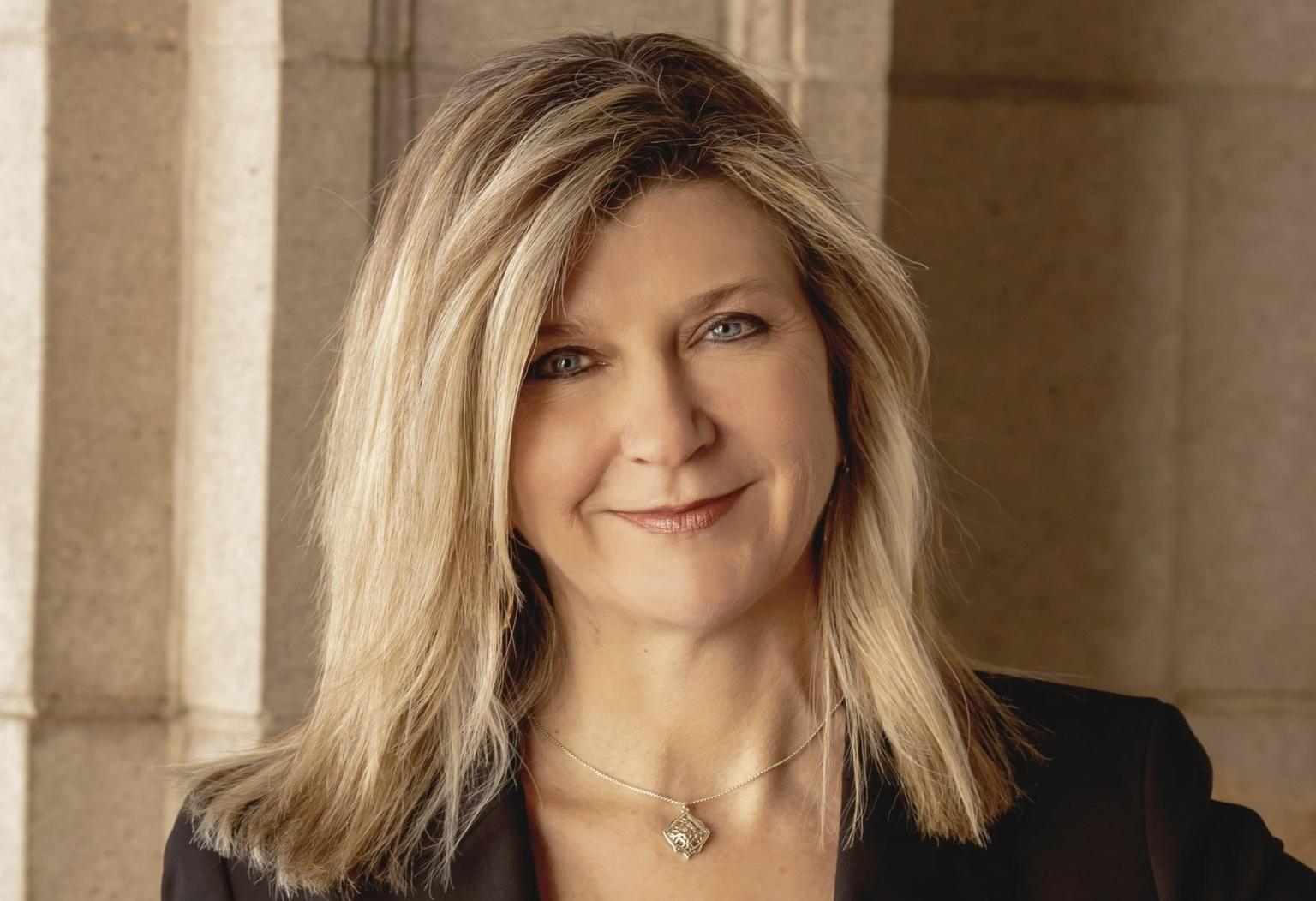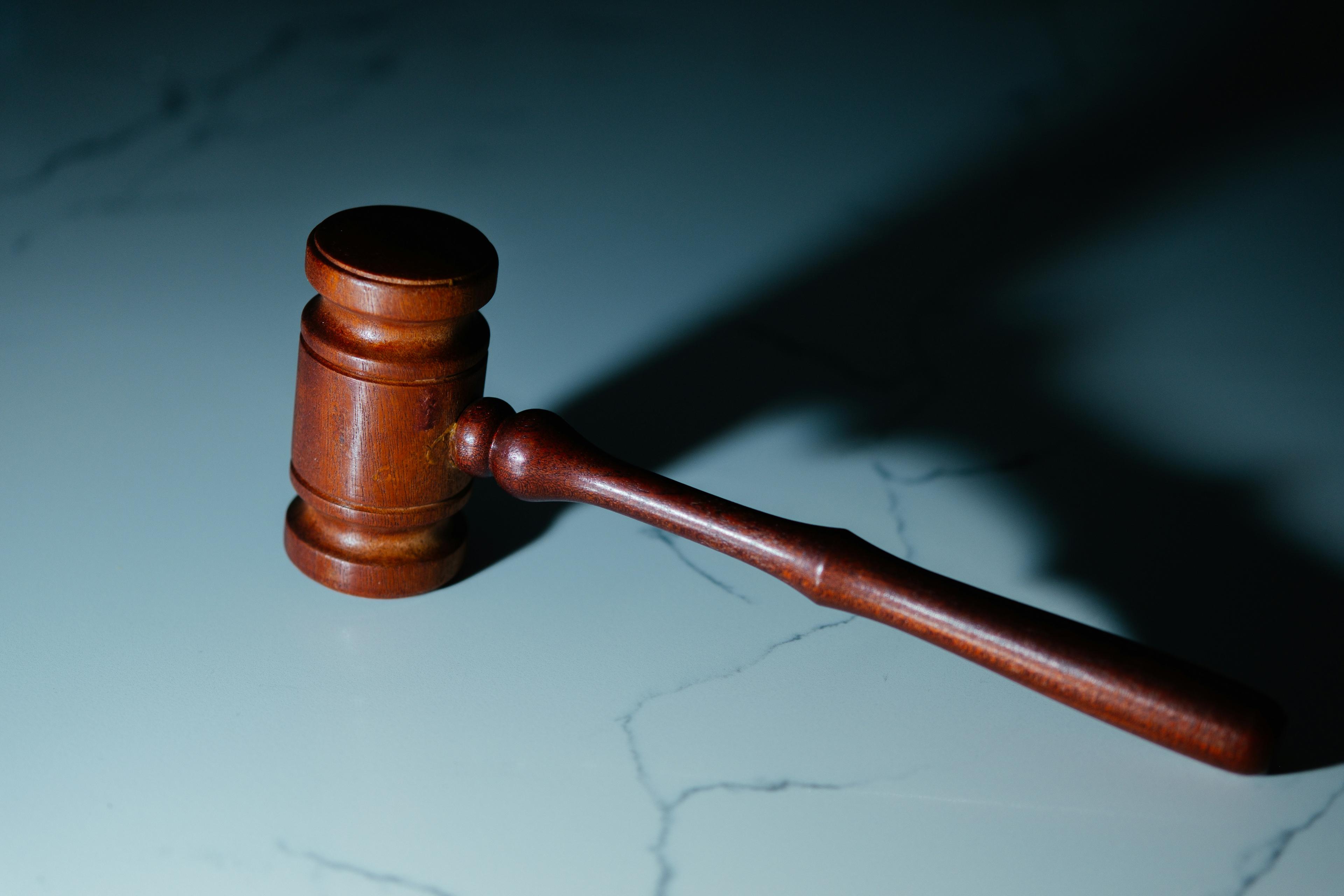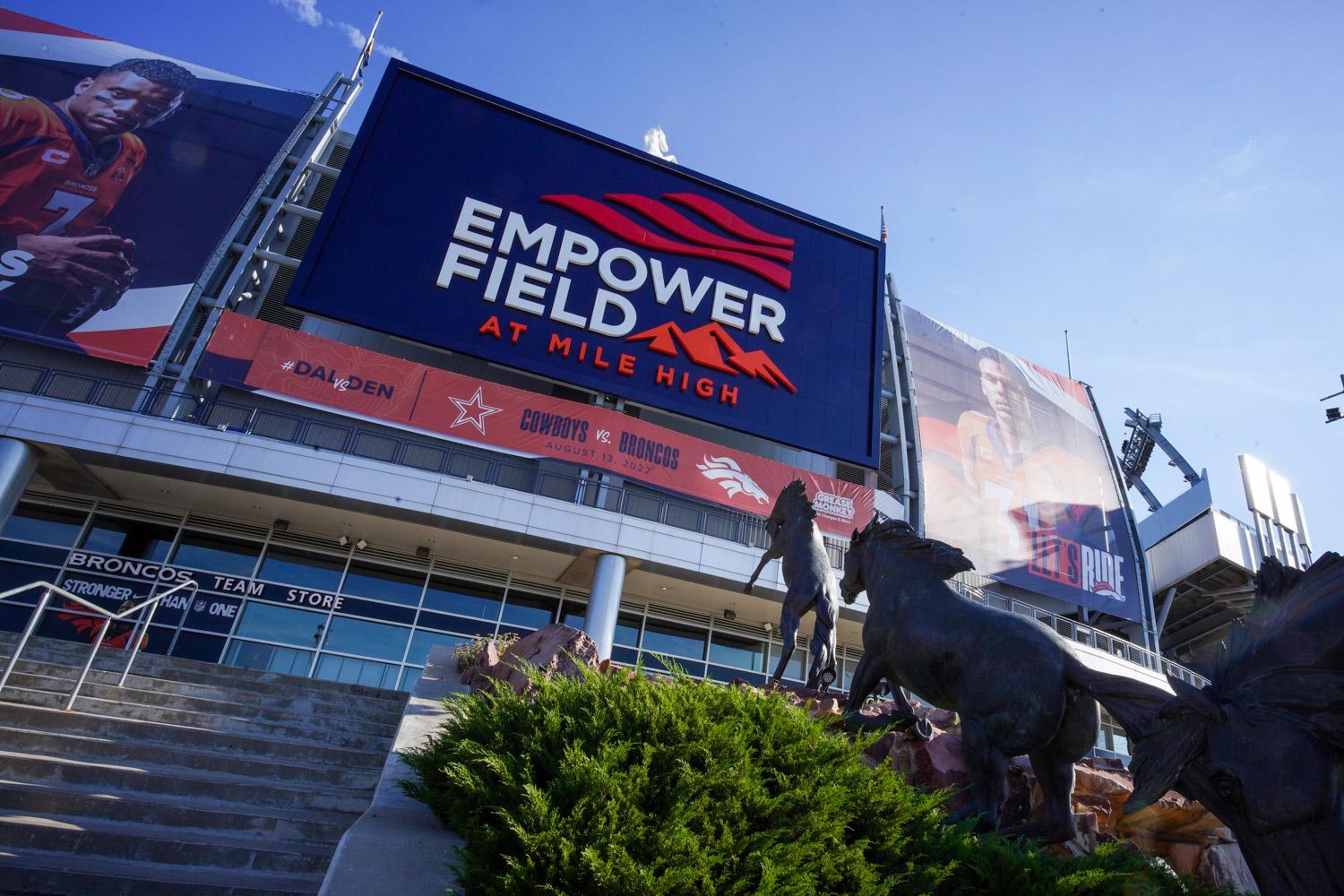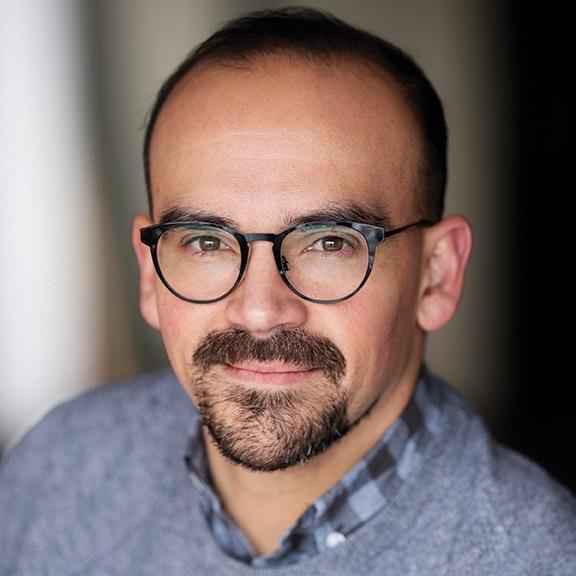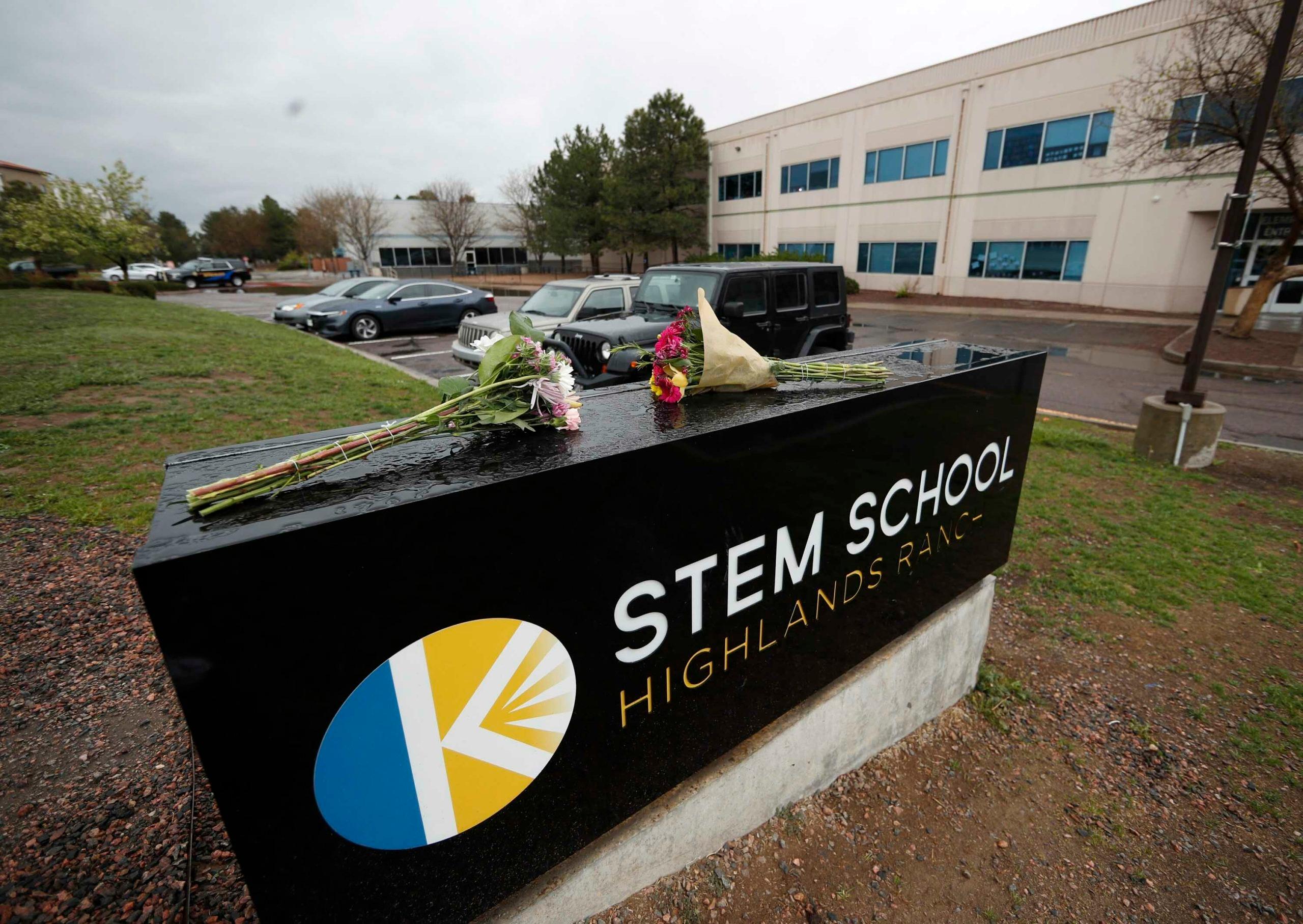
What happened on May 7, 2019, at the STEM School in Highlands Ranch has not ever been much in dispute.
That day, two new friends, troubled students -- one a senior, one a sophomore -- did drugs together, damaged a car and tried to set it on fire, broke open a gun safe, brought weapons from it into their school and opened fire in a literature classroom.
They killed one student, Kendrick Castillo, and injured eight others.
But as prosecutors and defense attorneys made clear in their closing arguments Monday, the jury now has to wrestle with whether the defendant, 20-year-old Devon Erickson, intended to kill and injure multiple people that day. Or whether it was all just a series of poor decisions that led to the shooting, which Erikson’s lawyers described as an accident after several students rushed him in the classroom.
The difference, legally, comes down to whether there is enough evidence, beyond a reasonable doubt, to convict Erickson of first-degree murder.
Defense attorneys told the jury Erickson wasn’t acting like someone who woke up that day wanting to shoot up a school. They said he had normal conversations with his family and his friends that day, even went to a skatepark with his girlfriend -- things a person doesn’t do if he’s plotting a mass shooting.
They said he was weakened by drug use, depression and lack of sleep, and was under the influence of his homicidal friend, Alec McKinney, who they portrayed as the mastermind of the shooting. McKinney pleaded guilty for his role last year and is serving time in prison.
“What’s happening here, there’s no explanation,” said David Kaplan, one of Erickson’s defense attorneys in closing arguments. “Alec is out of control and Devon Erickson doesn’t know how to stop it.”
Prosecutors said that if Erickson didn’t intend to do what he did, he wouldn’t have actually done it. He would have warned one of the multiple people he was in contact with that day — both in person and over his phone. He would not have entered the classroom with his hand on the trigger of a loaded gun.
“This isn’t about picking a side for two murdering co-conspirators,” said Christopher Wilcox, one of the chief prosecutors. “All of his (Erickson’s) actions led to Kendrick Castillo’s death.”
Castillo and two other students tackled Erickson moments after he walked into the classroom holding a gun pointed at the ceiling and yelled, “Nobody f------ move!”
In the struggle, Castillo was shot in the chest. Erickson then pulled the trigger four more times. Two other students were hit and injured.
Joshua Jones, one of the surviving students who was shot while tackling Erickson, testified he tried to pry the gun away and Erickson resisted. Jones also testified Erickson was pointing the barrel of the gun directly to his head.
While Erickson was struggling with the students near the door, on the other side of the room, McKinney was also shooting at people. He wounded several before the attack came to an end.
'Senseless'
Erickson went to the nurse’s office, before the two opened fire.
A student who walked him down there at the teacher’s request testified Erickson acted nervous, jittery and peaked. He laid down on a bed there after telling the nurse he didn’t feel well and that he was worried about his mother, who was in treatment in Arizona at the time.
George Brauchler, the former elected district attorney who stayed on to finish prosecuting this case, said in closing arguments that Erickson could have just waited it all out in there. He also could have told one of the adults he was around.
“In the history of mass shootings, has any mass shooter had 10 minutes to lay down in the dark with a compress on his head and a pillow under it to contemplate what they were about to do?” Brauchler said. “He did.”
Interestingly, both sides returned to the same piece of evidence in their closing statements — showing the jury, again, a video McKinney and Erickson created ahead of the shooting at Erickson’s home. In it, the more diminutive McKinney menacingly screams at Erickson to do lines of cocaine and then to open his dad’s gun safe with an ax.
Though he sounds threatening, McKinney testified during the trial that the video and other communications were faked. He said they were part of a grand scheme to make Erickson look like a heroic survivor; the pair planned to end their assault with Erickson killing McKinney or McKinney killing himself.
“It’s all part of the plan to provide cover,” Brauchler said of the video. “We know there wasn’t duress. We know it cannot be as the would-be ‘victim hero’ said it was.”
Jurors are only allowed to consider whether Erickson was under duress when it comes to the charges connected to the pair’s destruction of belongings in Erickson’s parents’ home and car -- but not in the shootings themselves, the judge ruled on Monday.
When defense lawyer Kaplan played part of the same cell phone video, he offered a different lesson from it. He said Erickson “wasn’t as dark, he wasn’t as evil, and he wasn’t as controlling as Alec McKinney.”
“This was a quick and very recent relationship and one that ended up being a real disaster for Devon Erickson,” Kaplan said.
Kaplan also pointed out that Erickson had a good home, and because he obviously cared about it, and his parents and his pets, it’s not believable that he would have sought to destroy everything he had.
“Devon Erickson lives in a house with his father and his mother and his sister … a house that has friends over,” Kaplan said.
In response, Prosecutor Wilcox quipped: “You’re allowed to live in a good home and make terrible decisions.”
Wilcox said he and Kaplan do have one thing in common in how they view that day.
“Senseless,” he said. “It’s where we see eye to eye.”
Erickson faces 48 criminal charges. The jury starts its deliberations on Tuesday.

